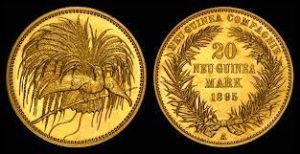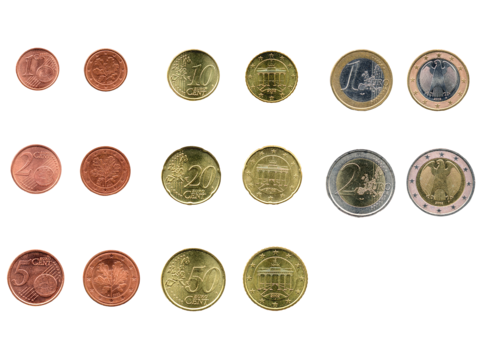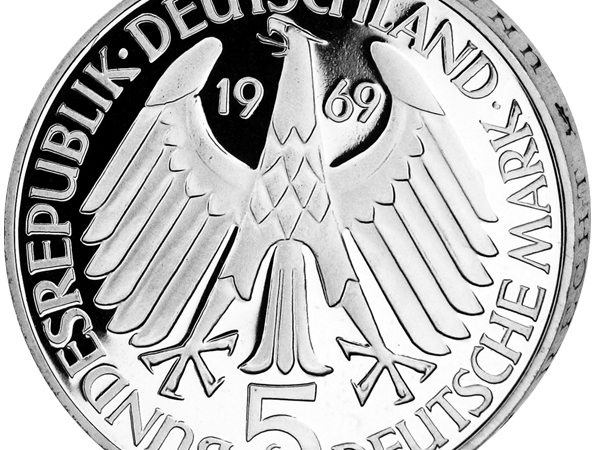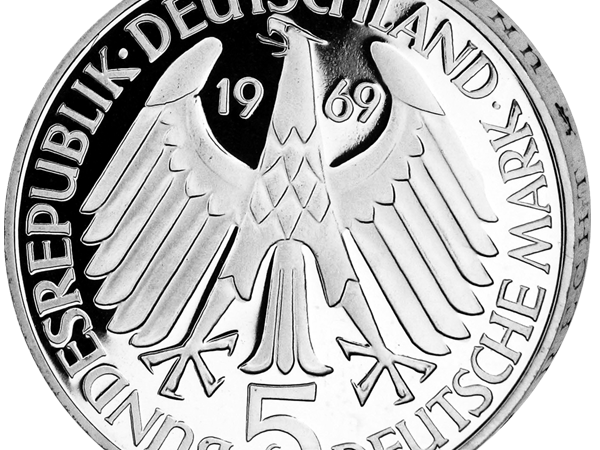Introduction:
A fascinating trip through centuries of political, cultural, and economic change may be found in the history of German coinage. German coins have seen the rise and fall of empires, the complexities of regional currency, and the unity of a nation from the medieval era to the present Euro. This essay explores the evolution, meaning, and historical narratives associated with German coins, delving into the rich and varied world of German coinage.
Medieval Coinage and the Holy Roman Empire
The emergence of the Holy Roman Empire as a convoluted patchwork of states and principalities throughout the Middle Ages is when German currency first appeared. The devolution of authority was reflected in the minting of local coins by different areas. Coins from this era, including the pfennig and the gulden, attest to the political climate’s fragmentation and the Catholic Church’s impact on the coinage of the Holy Roman Empire.
Thalers and the Rise of Regional Coinage
The thaler, a big silver coin that grew popular in the 16th century and served as a model for many other European currencies, was introduced. The thaler’s success was crucial in promoting cross-regional commerce and economic stability. Different coinage systems within the German-speaking countries developed as a result of regional variants of the thaler, such as the Joachimsthaler.
The Advent of the Mark and the Formation of the German Empire
With the course of the 19th century, the idea of a single German state gathered steam. Standardizing the financial system became important when Otto von Bismarck led the German Empire to be formed in 1871. When the Goldmark was established as the national currency, it represented the stability and strength of the just united country’s economy.
The Weimar Republic and Hyperinflation
Germany experienced economic unrest following World War I, which paved the way for the founding of the Weimar Republic. During this time, hyperinflation occurred, one of the most notorious periods in German monetary history. The German Mark fell in value, and people had to deal with the bizarre situation of having to buy necessities with wheelbarrows full of cash. Famous banknotes from this period, including the “Million Mark” bills, are heartfelt memories of the financial difficulties the Weimar Republic endured.


The Third Reich and Reichsmark
With the introduction of the Reichsmark in 1924, the Nazi regime significantly altered German coinage. During this time, Nazi ideology was represented via recognizable symbols and images found on coins and banknotes. The regime’s aim to sway public opinion and advance its political agenda is shown in the employment of patriotic emblems on coins, which developed into an effective propaganda weapon.
The Post-War Period and Economic Recovery
Following World War II, Germany had an extraordinary economic resurgence. An important factor in this comeback was the 1948 introduction of the Deutsche Mark. As part of the “economic miracle” that turned West Germany into an economic superpower, the Deutsche Mark came to represent stability and prosperity.
German Reunification and the Euro
The reunification of East and West Germany following the collapse of the Berlin Wall in 1989 had a significant impact on the value of the national currency. Germany began a new chapter in its monetary history in 2002 when it embraced the Euro. The Euro coins combine modern and historical design elements to symbolize Germany’s continuing cultural legacy as well as the unification of Europe.
Collecting German Coins: A Numismatic Pursuit
The flourishing field of German coin collecting, or numismatics, recognizes the esthetic, cultural, historical, and practical worth of coins. Coin collectors search for unique and historical coins from various historical periods, analyzing the artistry, production methods, and narratives associated with each piece. Medieval coins, Reichsmark coins, thalers, and post-war commemorative issues are among the common items found in notable collections.
Notable German Numismatists and Coin Designers
Germany has historically produced well-known numismatists and coin designers whose creations have had a lasting impact on the numismatic community. The artistic quality of German coinage has been greatly enhanced by artists such as Karl Roth, whose designs adorned post-war Deutsche Mark coins, and Karl Goetz, who gained notoriety during the Weimar Republic for his humorous medallic art.


Conclusion: Coins as Cultural Artifacts
Finally, German coins provide a material link to the nation’s vast and varied past. Every currency, from the medieval pfennig to the contemporary Euro, tells a tale of changing political landscapes, economic structures, and cultural manifestations. The numismatic exploration of German coinage is not just a study of money but also a historical trip that explores the development of a country captured in metal and expertly produced craftsmanship. Collectors and aficionados are uncovering a wealth of anecdotes that deepen our understanding of Germany’s past and present as they continue to explore the world of German coins.





